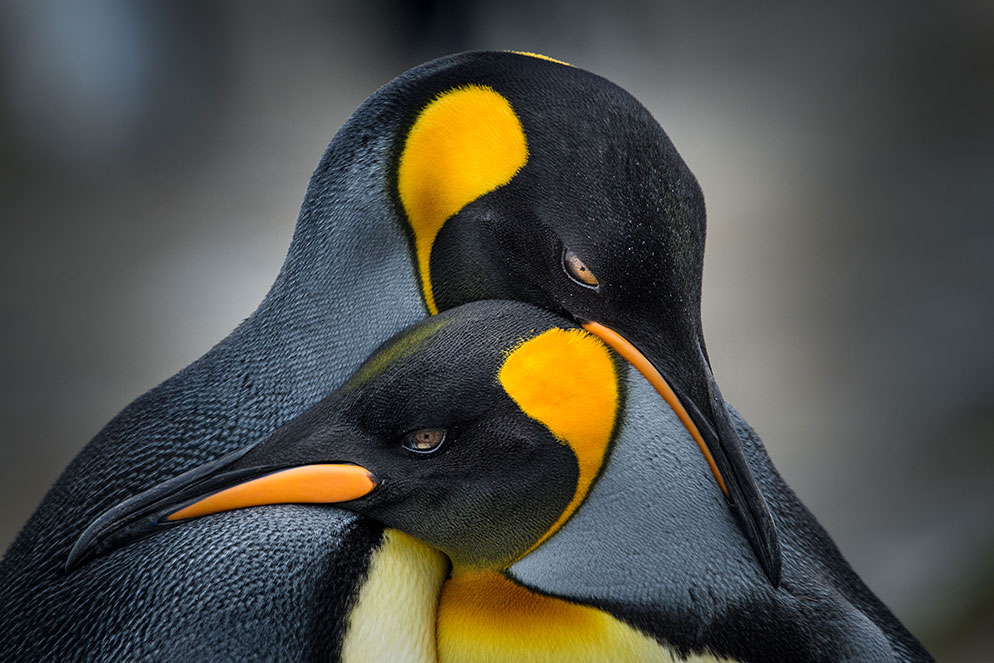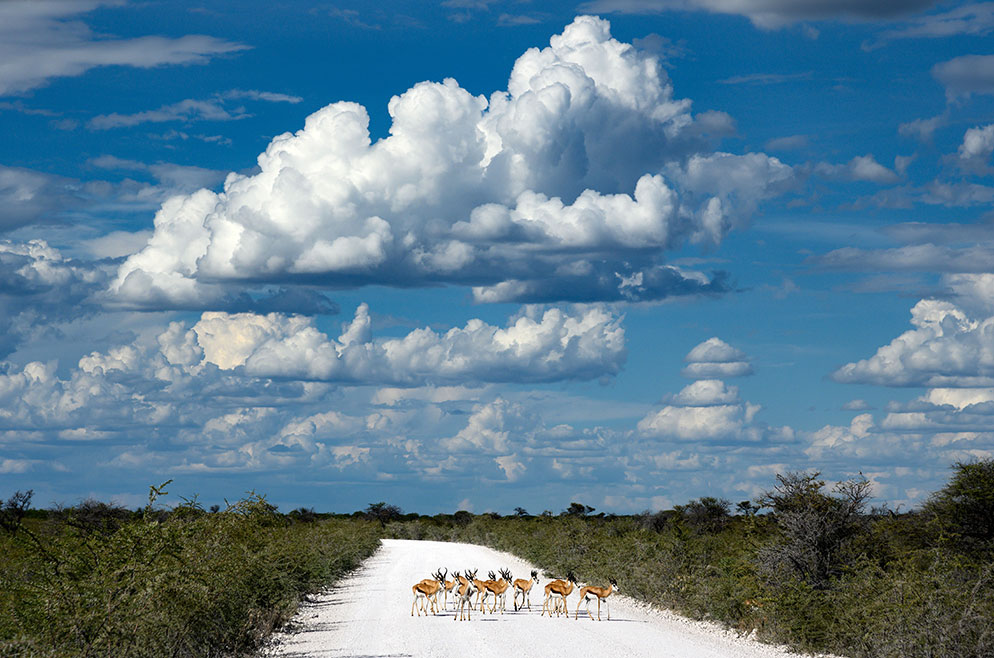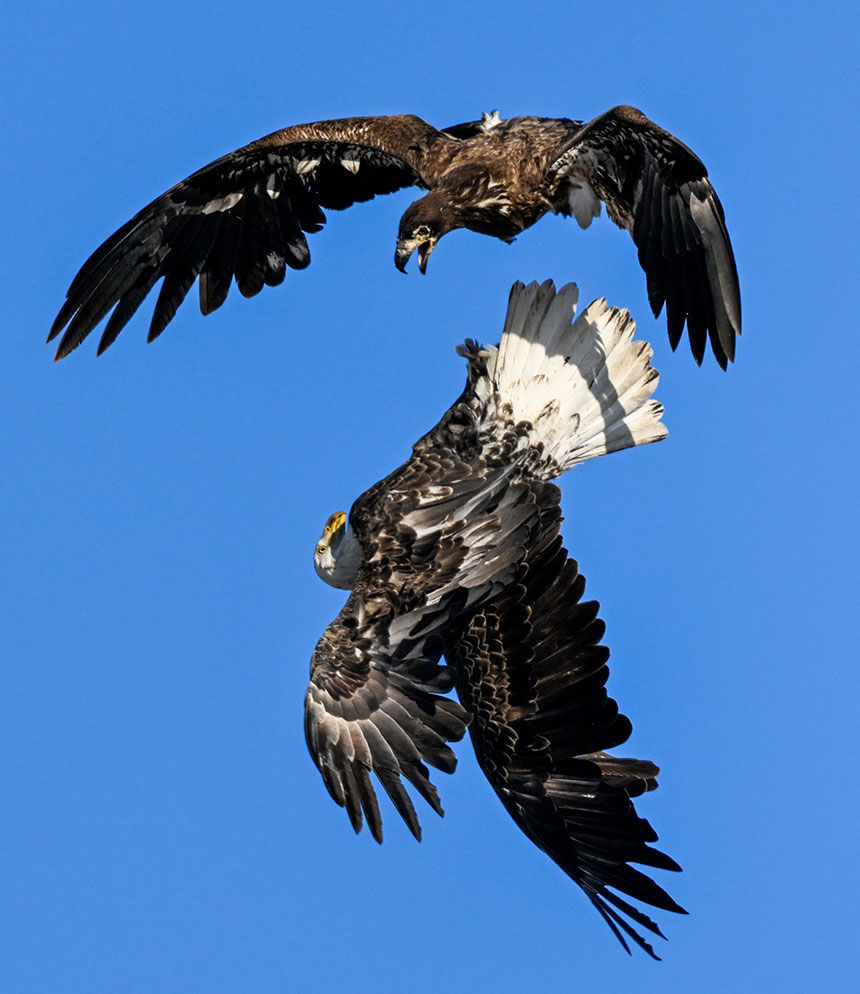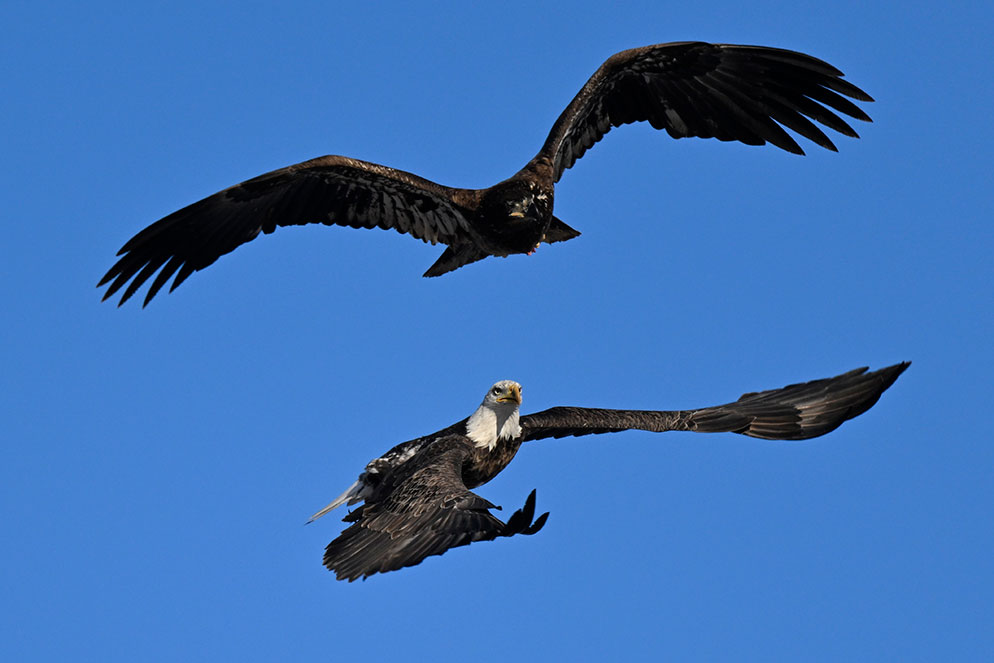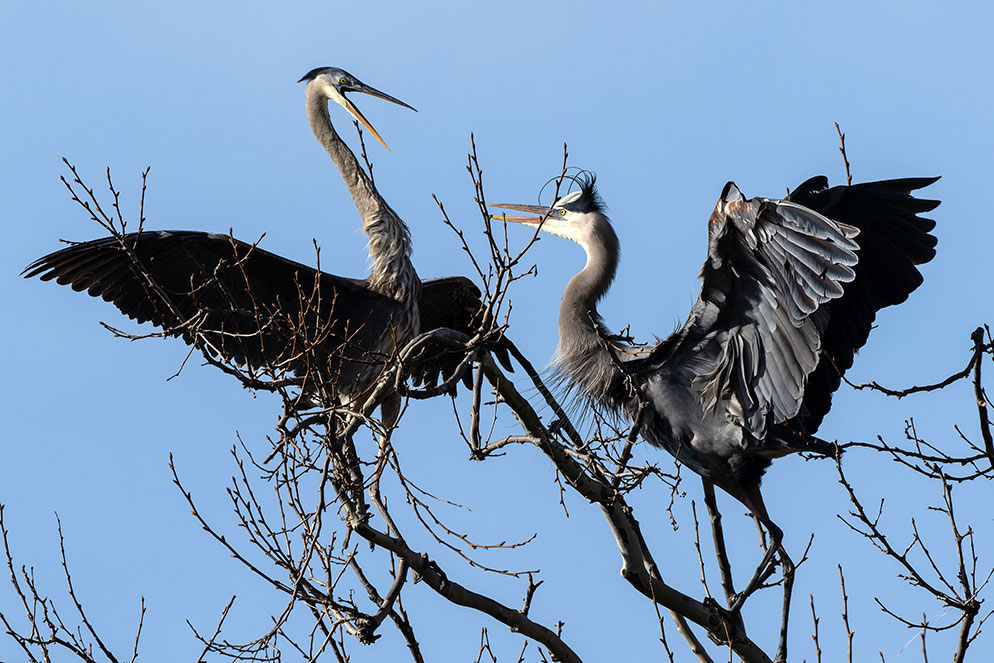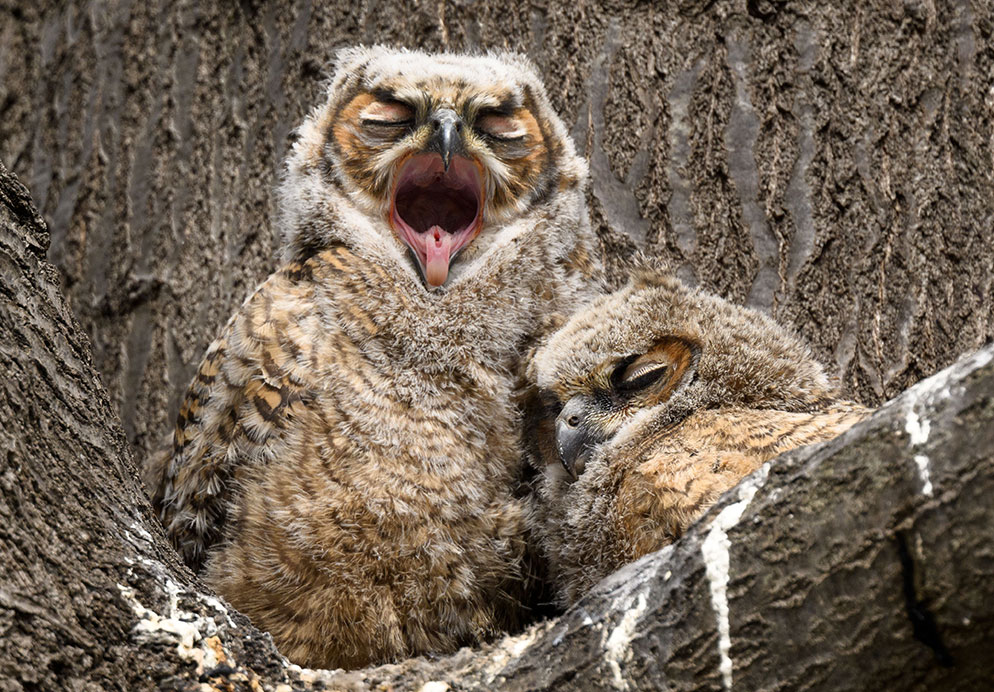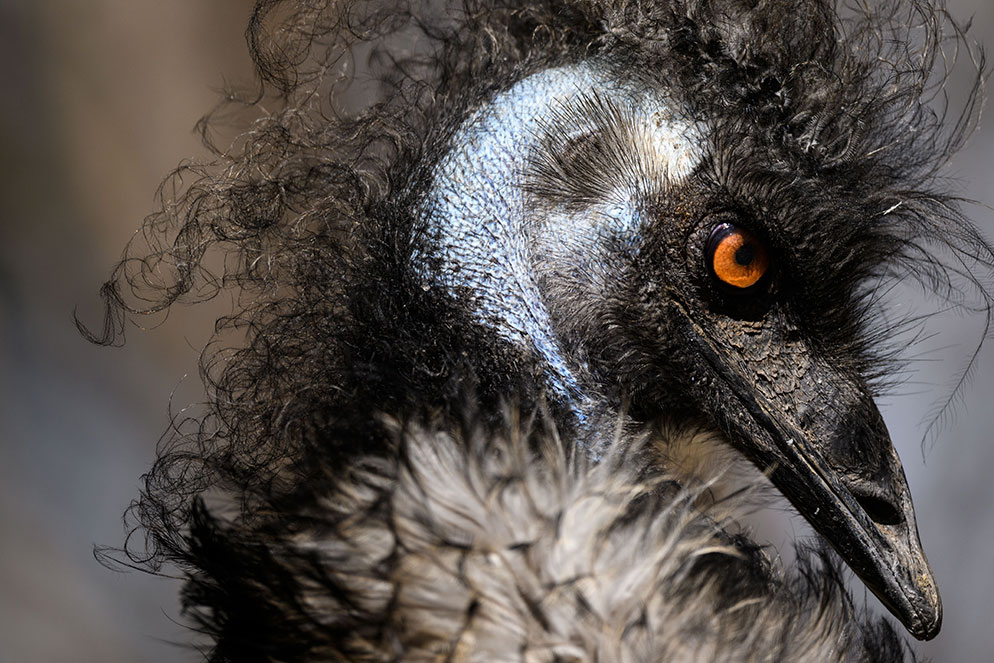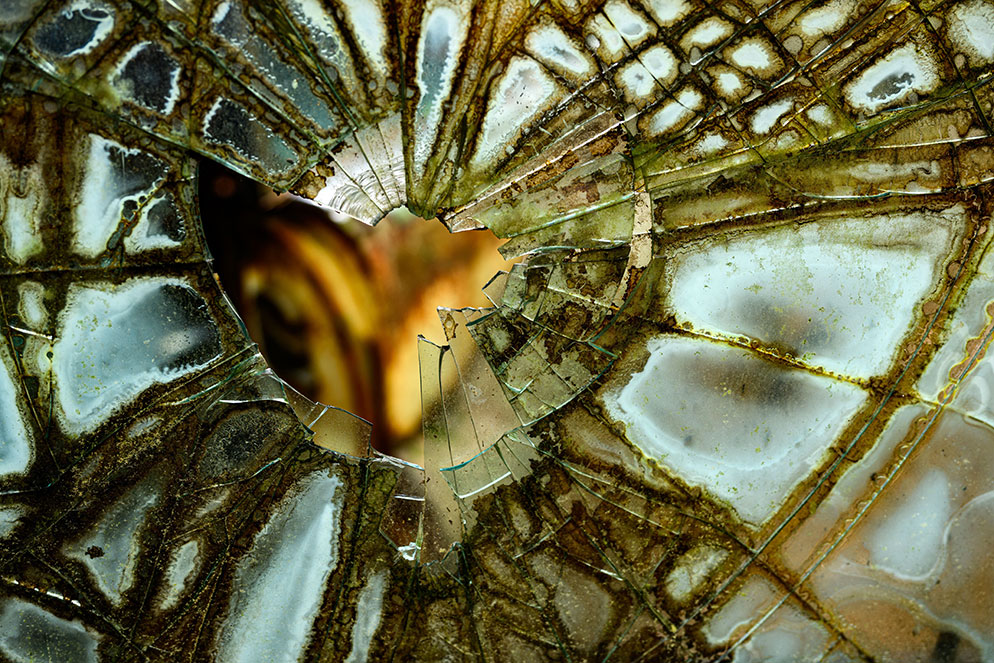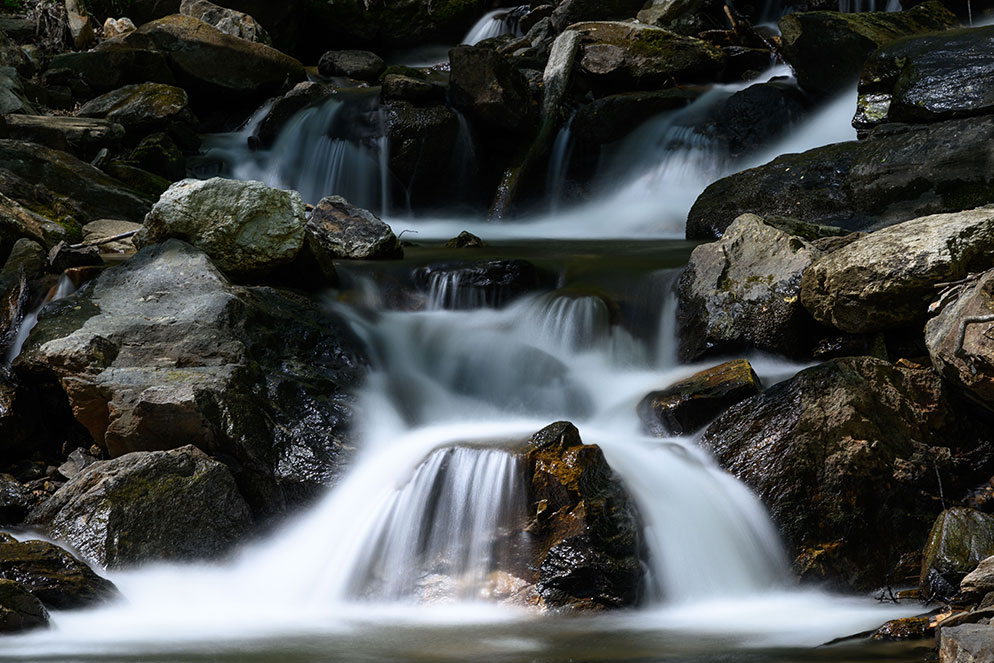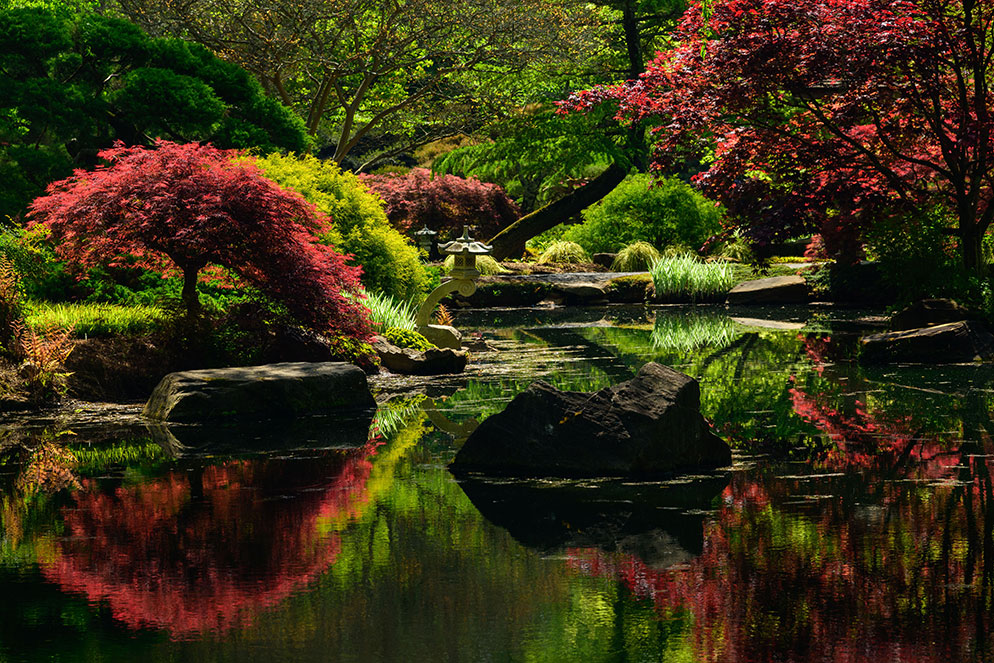Want to Get the Most From Your Hi-Res Cameras? Just Remember the Basics
Reed shot this uncropped image of King penguins at Salisbury Plain in the South Georgia islands with his DX-format D500 to take advantage of the camera’s 1.5X crop factor. That was then, this is now: “With the Z 9, I can shoot at 45.7 megapixels and crop in afterwards,” he says, “so the tight DX framing doesn’t make me miss sudden movement.” D500, AF-S NIKKOR 200-500mm f/5.6E ED VR, 1/1600 second, f/5.6, ISO 560, aperture-priority exposure, Matrix metering.
Not long ago we spoke with Reed Hoffmann, who began his photography career working for newspapers, then joined Nikon as an instructor for the Nikon School. Reed is still photographing and teaching, and he told us that these days in his workshops and seminars he’ll sometimes get a question about the Z 9 that’s déjà vu all over again.
“Leading a photo tour in Namibia, I see this, yell ‘Pull over!’, jump out and walk and shoot, hand held,” Reed says of the first images he made of the scene. Then best technique kicked in. “I slowed down—that’s the way to go with a high-res camera capable of extraordinary capture and rendering of detail.” Z 7, Mount Adapter FTZ, AF-S NIKKOR 24-120mm f/4G ED VR, 1/320 second, f/7.1, ISO 100, aperture-priority exposure, Matrix metering.
“When I was teaching Nikon School and 24-, then 36-, then 45-megapixel cameras were introduced, we’d hear from students that some of their images weren’t as sharp as the ones they used to get,” Reed said. “They thought it was the camera, the lens or the autofocus system.”
Reed was standing in the back of the truck, on the lookout for a foreground to pair with the great sky in Etosha National Park in Namibia. “We came upon a herd of Thompson’s gazelles crossing the road, and I was shooting before the truck stopped. Auto ISO helped me hold a minimum shutter speed of 1/4000 second.” Z 7, Mount Adapter FTZ, AF-S NIKKOR 24-120mm f/4G ED VR, 1/4000 second, f/7.1, ISO 250, aperture-priority exposure, Matrix metering.
Almost invariably, it was none of the above. Reed would explain that higher resolution equals more detail, and what the students were noticing were image defects they didn’t see with their previous cameras. To deal with that, he would direct them back to the basics of image making.
He does the same thing today.
Defining Terms
As you climb the megapixel ladder—the Z 9’s at the 45.7MP rung—a consideration of the basics is a really good idea. First, though, think about what you might be seeing in a photograph.
“Often photographers have the habit of using the word ‘blur’ when they mean ‘out of focus,’” Reed says, “and that’s one of the problems when we try to figure out what’s wrong with a picture. If you look at a photograph and see sharpness anywhere around an unsharp subject, that’s not blur—that’s subject movement. If you see no sharpness at all in the frame, that’s camera movement.”
Likewise, it’s easy to say “blurry background” when what’s being noticed is an out-of-focus background, one that’s likely to be out of focus because the photographer deliberately used a shallow depth of field to get a non-distracting background.
So, how to deal with subject movement? Choose a faster shutter speed. Camera movement? Use a tripod or a monopod. An out-of-focus background you didn’t deliberately want? Close down the aperture. And all FX-body Z cameras have in-body image stabilization, which is automatically on whenever the camera is. It will help negate image blur and make it easier to track moving subjects. It has built-in tech that in effect makes all lenses stabilized, even if they aren’t VR (Vibration Reduction) image stabilized lenses.
Another factor that might be at work here is that you’re viewing an image that would be easily acceptable if it had been taken with a lower-res camera. Enlarge a photo shot with a 45.7-megapixel camera to 100 percent on your monitor—or make an impressively large print—and you’re going to see all sorts of things you’d never notice in an image from a 24MP camera. “If you have an image that’s a touch soft, and you re-size it down to half its dimensions, suddenly it will look sharper,” Reed says, “and that’s because at half-size you’re not using all the pixels—all the details—that the camera captured.”
We’d like to add one more basic factor, one that Reed covers in the photos he provided for this story: know what your subject requires. In other words, know what you’re shooting.
Those are the basics, and as Reed says, “Being aware of the basics pays big dividends with high-megapixel cameras.”
“I loved the pattern in the broken glass, and since there was no movement, the in-body image stabilization of the Z 9 meant I could hand hold the camera to make the photo, so overall I can shoot at slower shutter speeds, hand-held, than I ever could before.” Z 9, NIKKOR Z 24-120mm f/4 S, 1/40 second, f/4, ISO 64, aperture-priority exposure, Matrix metering.
Being aware of the basics pays big dividends with high-megapixel cameras.
“Slow shutter speeds and a tripod are absolutely necessary for a silky-water effect, but with 45.7 megapixels of resolution, even the slightest amount of camera movement will show up as blur unless you have a solid tripod and use a release or the camera’s self-timer. Photos like this will never be as sharp as they could be without all those elements of gear and good technique.” Also essential for this shot: a ten-stop neutral density filter to hold back some light. Z 9, NIKKOR Z 24-120mm f/4 S, 6 seconds, f/8, ISO 64, manual exposure, Matrix metering.
Multi-Tasker
The Z 9 is an incredible camera, made so in large part by its newly-designed full-frame CMOS image sensor and its EXPEED 7 processor, but when Reed talked to us about his realization of just how incredible the camera is, his frame of reference was practical, not technical.
Exploring a botanical garden, good technique—using Auto ISO to keep his minimum shutter speed at 1/160 second—and the Z 9’s in-body stabilization made for sharp hand-held photos. “But if there had been a breeze, and moving plants, I’d have shifted to a higher shutter speed.” Z 9, NIKKOR Z 24-120mm f/4 S, 1/160 second, f/8, ISO 500, aperture-priority exposure, Matrix metering.
“At the time I got my first Z 9, I owned four DSLRs,” he said, “and after I shot with the Z 9 for a week, I sold them. I had one for night photography, another with a high-frame rate, one for high-resolution work and one that was dedicated to infrared. I got a second Z 9 for infrared, and my first Z 9 took the place of the three other DSLRs. The Z 9 is awesome for night photography; its high frame rate and amazing AF tracking are great for sports work; and at 45.7 megapixels, it’s the high-resolution camera I need for the studio and portrait work I do.”
One camera doing the work of three? That’s what we call getting down to basics.


